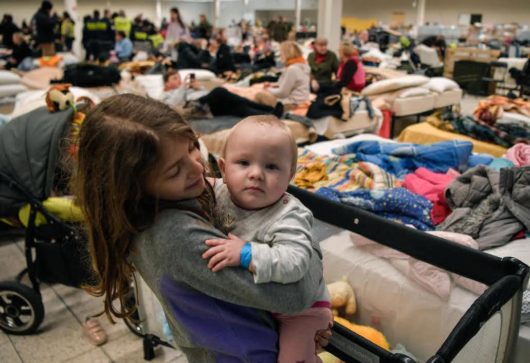The emergency phase of refugee care requires immediate shelter, nutrition, and medical intervention. If the displacement extends beyond a period of weeks, additional human needs must be addressed. Phase 3, the Maintenance Phase, has begun.
Since the Russian invasion of Ukraine, as of this writing, some 4 million refugees have sought safety in Europe, and another 6 million are internally displaced – that is, still within Ukraine but far from home. With multitudes of destroyed homes and decimated infrastructure, even if cease-fire and security are sustained, months or years of development will be required before these communities again become habitable.
Put yourself in the place of a refugee care leader, with thousands of vulnerable people relying upon you. What will be their longer-term needs? Children will need schooling to advance their skills. Adults will need jobs to earn income and occupy themselves. Serious mental health needs must be addressed. PTSD, depression, and psychotic disorders are exacerbated by displacement. Security within refugee settlements must be assured, for such people are understandably prone to conflict with one another and vulnerable to outsiders. Location of settlements is critical. Rural areas provide abundant space, but lack infrastructure like water, jobs, and schools. For these reasons, urban areas are often preferred. But urban settlements are accompanied by increased risk of conflict between refugees and local citizens, who may see the former as competing for resources in education and employment.
Refugee care in the maintenance phase demands true grit. The intense investment of resources and emotional energy of the emergency phase has predictably dwindled. Yet, the ongoing needs of refugees are substantial. And simultaneously, some skilled person – perhaps yourself – must also be negotiating a pathway into the Resolution Phase.

